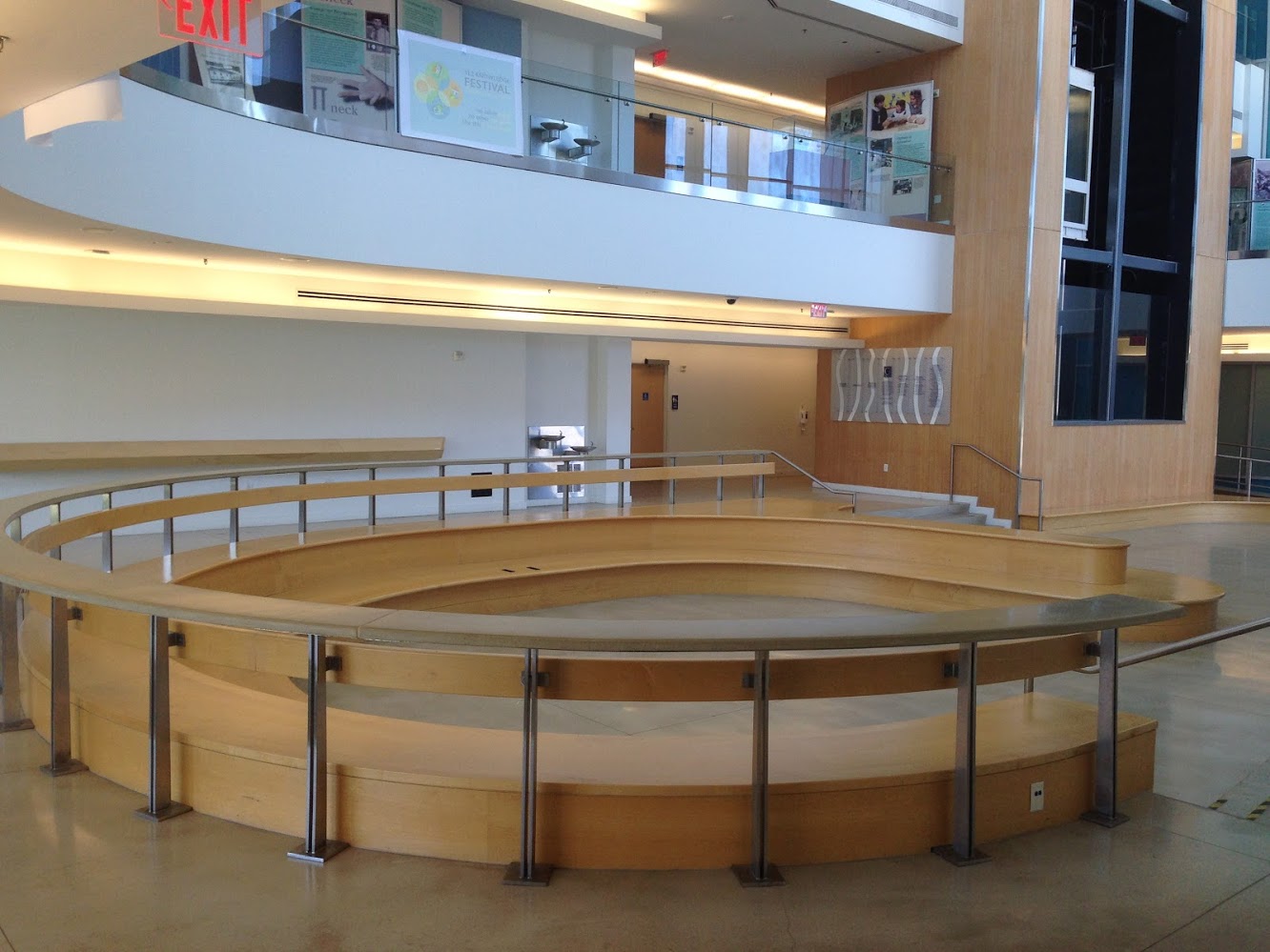I am a part of the hearing community and I am a student learning ASL, so I do not know everything about Deaf Culture. This blog is my freedom of expression and I only wish the same for the Deaf Community as well.
This week, I analyzed an article published by The Washington Post. Posted within the last few days, Matthew Davis’ article, “The Rise of Deaf Architecture” delves into the connections between architecture and functionality, specifically for the Deaf Community. Specifically, Davis focuses on the work of DeafSpace. DeafSpace is architecture of a building’s design so that people with different auditory abilities can still communicate without the need for vocalization.

In examining the article, both in content and technicality, there is much to be gathered. First, I find it important to mention the sources informing the article. A majority of the sources mentioned in the article are from first hand interviews done by Davis. These sources are directly involved in developing the connection on Gallaudet’s architecture and the Deaf Community. Beyond these primary sources, however, these is no real attribution outside his touring, interviews and first-hand research. In some ways I believe this has heightened the quality of the piece in that it speaks to what is actually happening at the source of the topic. On the other hand, this may also shorten the credibility of the article in that it remains in it’s own bubble. To that extent, however, it should be noticed that due to less coverage, interest and so forth of the Deaf Community, perhaps there was not so much mainstream, reputable sources to connect to?
In connection to that thought, I found it interesting there were no links in the piece. Unlike many articles or media I typically read about news where there are at least one if not dozens of links, this piece does not have a single one. Again, I wonder if this is due to the specific nature of the topic or rather the typical oversight of the Deaf Community in learning and living spaces such as journalism and the media. Due to this lack of external sources I would argue nuance is lost on this piece for the most part. While there appear to be various ins for new ideas or tackling issues- such as how the school and community will handle the supposed, toward the end, Maiwald speaks about the impending issue that hipsters will take over. There is no further analysis or even a link to something that could be interesting or further informative to the readers about this issue.
Overall I would not say this is a biased or persuasive piece- more of an informative one on a topic few make connections between or rather know about at all. Additionally, I find it important to mention the lack of bias in the piece may simply come from the fact the author is not a part of the deaf community. In small instances, as noted by commented “HobbertTheCat”, there are instance he miswrites in ways a member of or someone familiar with the Deaf Community and Culture would not.
Overall, if I were teaching media literacy to the journalist I would assign a C+ letter grade. I would grade accordingly because of the fact the spin on this story is almost lost due to oversight of the original idea. Additionally, there are no external links and only first-hand experiences, which is moderately concerning. However, the article is informative about what is going on with the plans for these new building designs, so I decided to add the additional points for the +/- system.